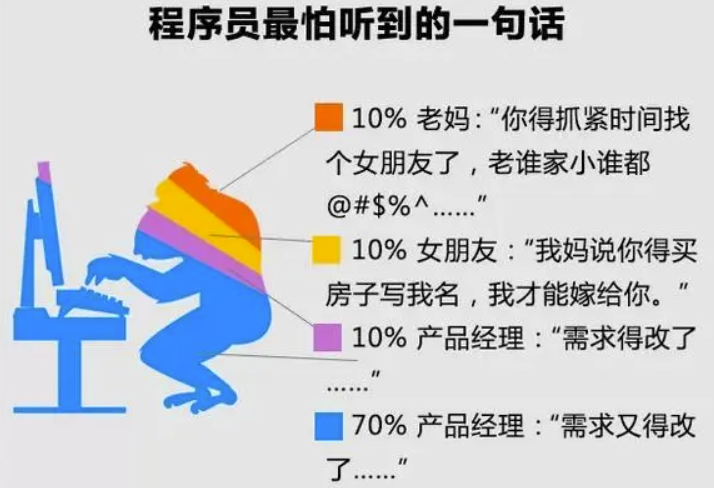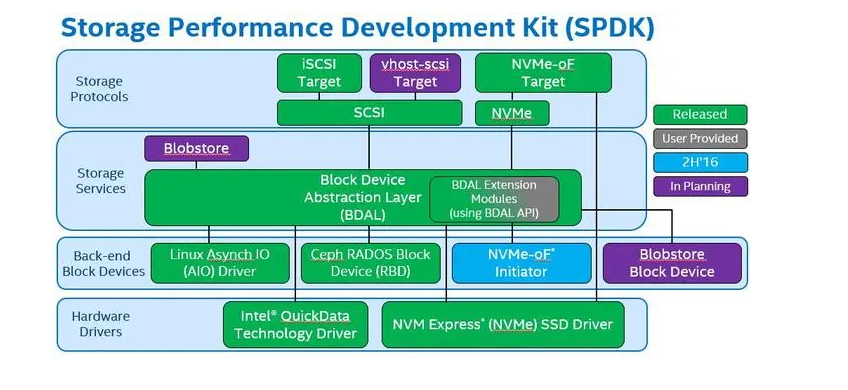Based on the given information and considering the MSP-EXP432P401R microcontroller with the buzzer connected to P2.7, you can create a non-blocking function to control the buzzer using PWM signal and interrupts. Here’s an example implementation using the Energia framework:
#include <stdint.h>
#include <Energia.h>
// Function to play sound using PWM and interrupts
int8_t play_sound(uint16_t freq, uint8_t volume, uint16_t milliseconds)
{
// Calculate the period of the PWM signal based on the desired frequency
uint32_t pwm_period = 1000000 / freq; // Assuming a timer with 1 MHz clock
// Calculate the duty cycle based on the desired volume
uint32_t pwm_duty_cycle = (uint32_t)(pwm_period * volume / 100);
// Configure Timer_A0 for PWM generation
TA0CCR0 = pwm_period - 1; // Set period
TA0CCTL1 = OUTMOD_7; // Reset/Set mode for CCR1 (PWM)
// Configure P2.7 as peripheral output for Timer_A0 capture/compare functionality
pinMode(P2_7, TIMER_PWM);
// Enable CCIE interrupt of Timer_A0 to count periods for duration control
TA0CCTL0 |= CCIE;
// Start playing the sound by enabling Timer_A0
TA0CTL |= TASSEL_2 + MC_1 + TACLR;
delay(milliseconds); // Delay for specified duration (milliseconds)
// Stop playing sound by disabling Timer_A0
TA0CTL &= ~(MC_3 + TACLR);
return 0; // Return success status
}
// Timer_A0 interrupt handler to stop playing sound after specified duration
void TIMER0_A0_IRQHandler(void)
{
if (TA0CCTL0 & CCIFG)
{
// Stop playing sound
TA0CTL &= ~(MC_3 + TACLR);
// Clear interrupt flag
TA0CCTL0 &= ~CCIFG;
}
}
void setup()
{
// Initialize Timer_A0
// Configure P2.7 as peripheral output for Timer_A0 capture/compare functionality
pinMode(P2_7, TIMER_PWM);
noInterrupts();
// Configure Timer_A0 in UP mode with SMCLK as source and clear the timer counter
TA0CTL = TASSEL_2 + MC_1 + TACLR;
interrupts();
Serial.begin(9600);
delay(200); // Delay for initialization
}
void loop()
{
// Example usage of play_sound function with frequency = 1000 Hz, volume = 50%, duration = 500 ms
int8_t result = play_sound(1000, 50, 500);
if (result == 0)
Serial.println("Sound started playing.");
while (true)
{
// Other program logic
// Check for any conditions to stop playing sound or call other functions
if (/* condition to stop playing sound */)
break;
/* Delay or continue with other operations */
delay(100);
}
// Other program logic
}
int main(void)
{
setup();
while (true) {
loop();
}
return -1;
}
In this example, the play_sound function sets up the PWM signal using Timer_A0 and starts playing the sound immediately. It then waits for the specified duration using a delay function. After that, it stops the sound by disabling Timer_A0.
Make sure to adjust the pin number and any other configurations according to your specific setup.
内容由零声教学AI助手提供,问题来源于学员提问










![异常服务器收到的包如下0:38.316208 IP (tos 0x0, ttl 112, id 0, offset 0, flags [DF], proto IPIP (4), length 72)
172.22.132.131 > 10.26.211.160: IP (tos 0x0, ttl 118, id 12337, offset 0, flags [DF], proto TCP (6), length 52)
121.35.103.108.5816 > 172.2...](https://linuxcpp.0voice.com/zb_users/upload/2023/05/202305162224299866311.png)












